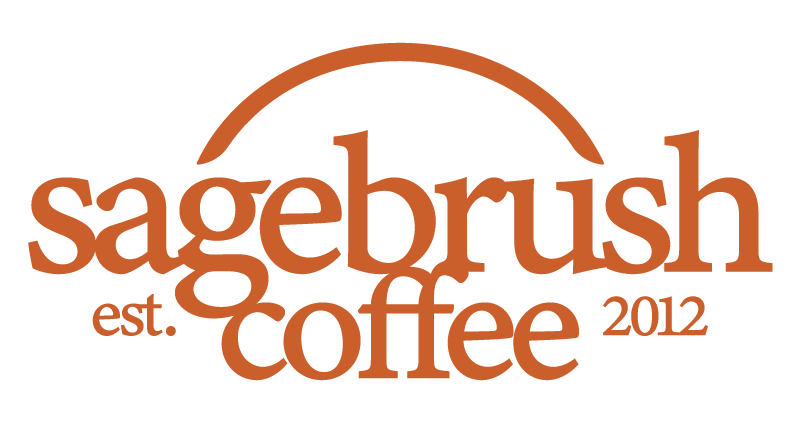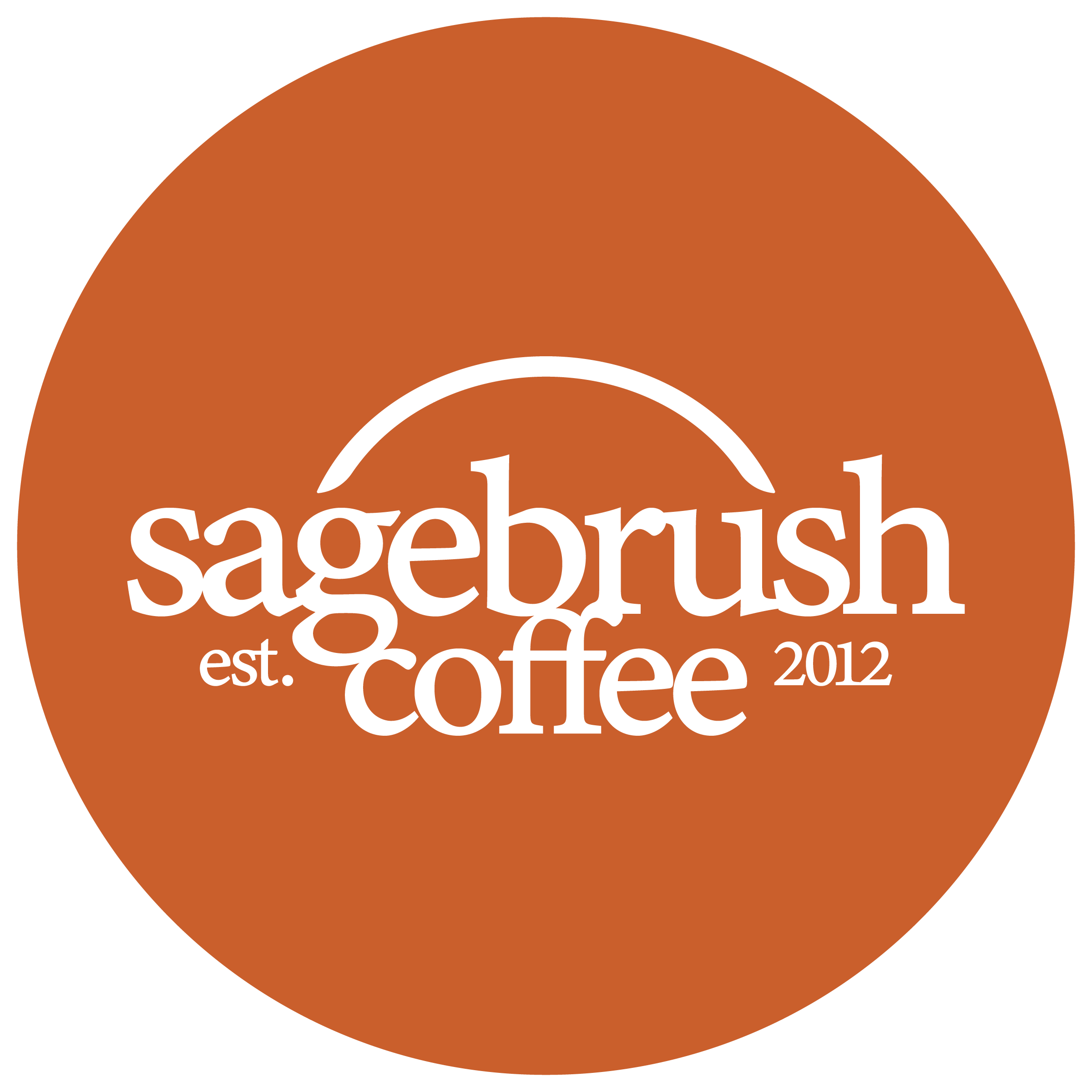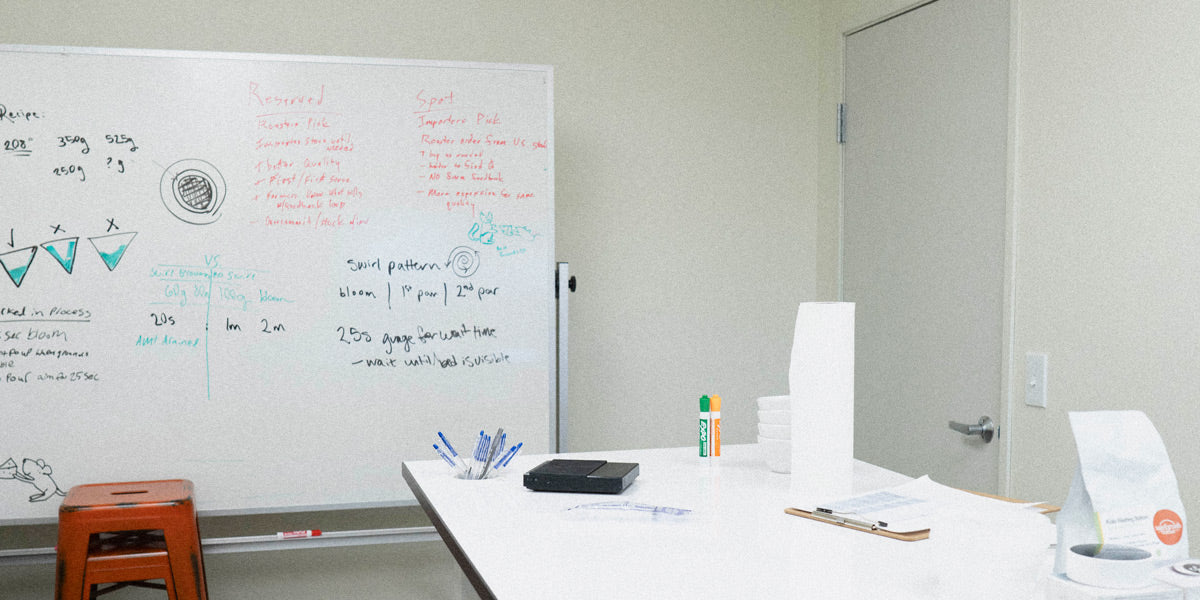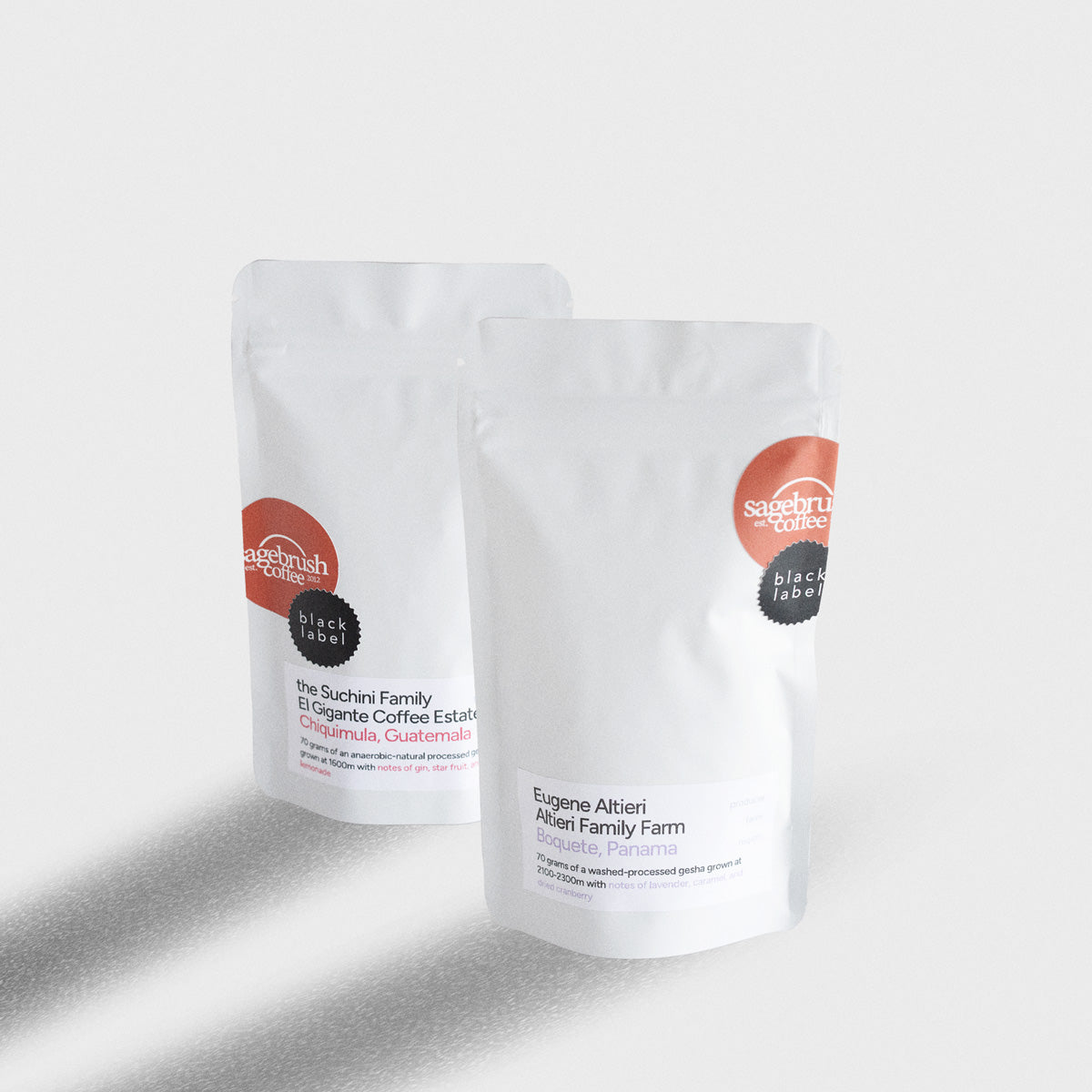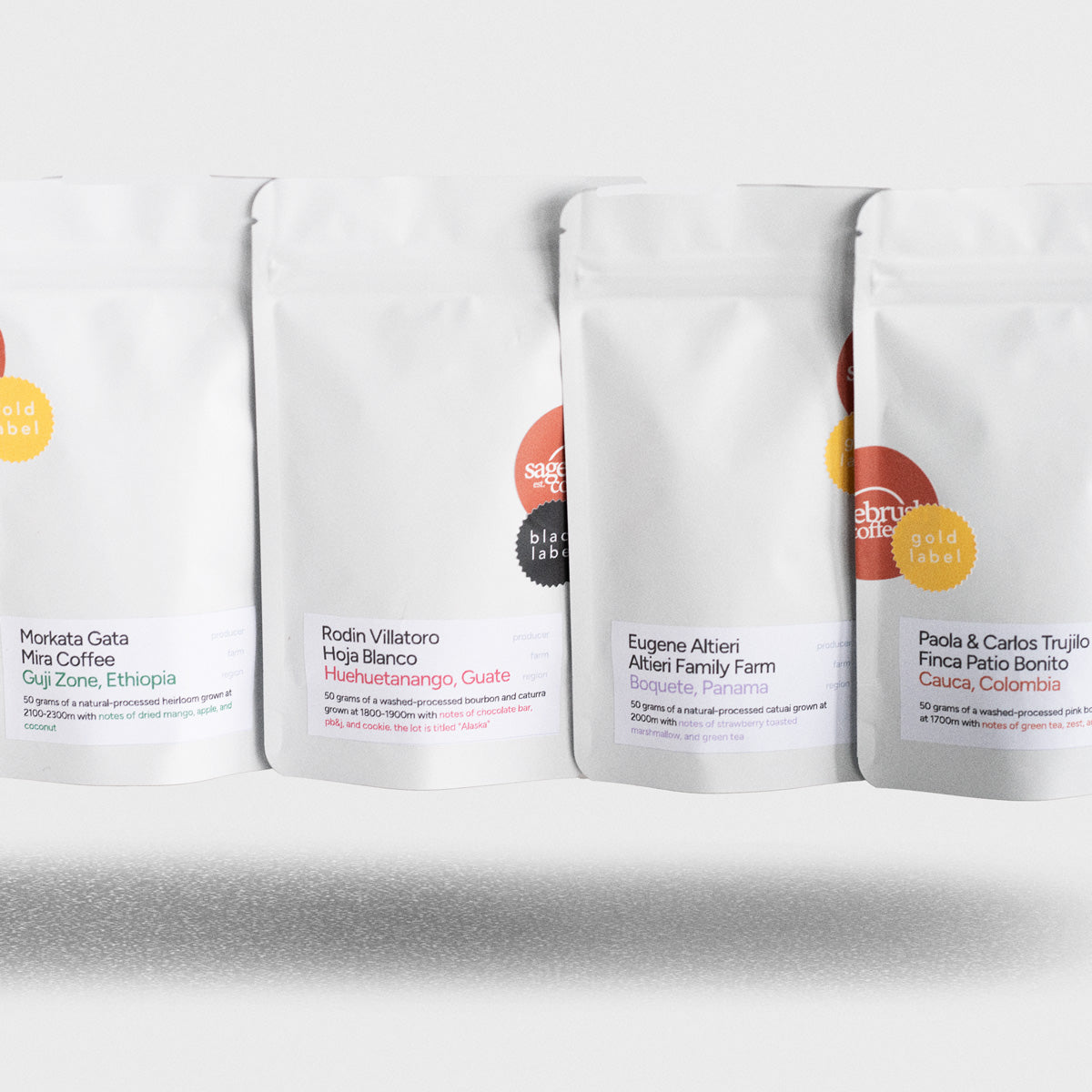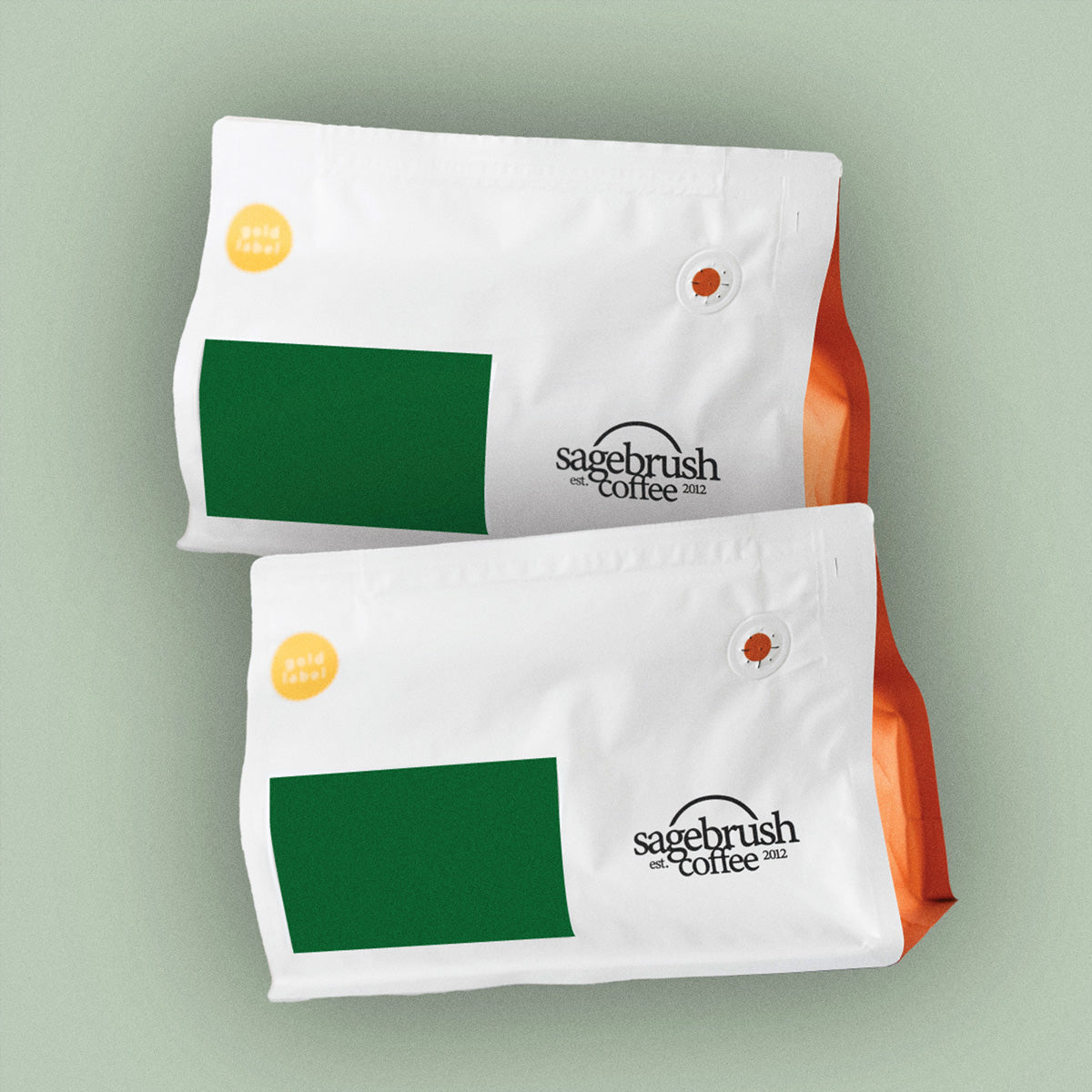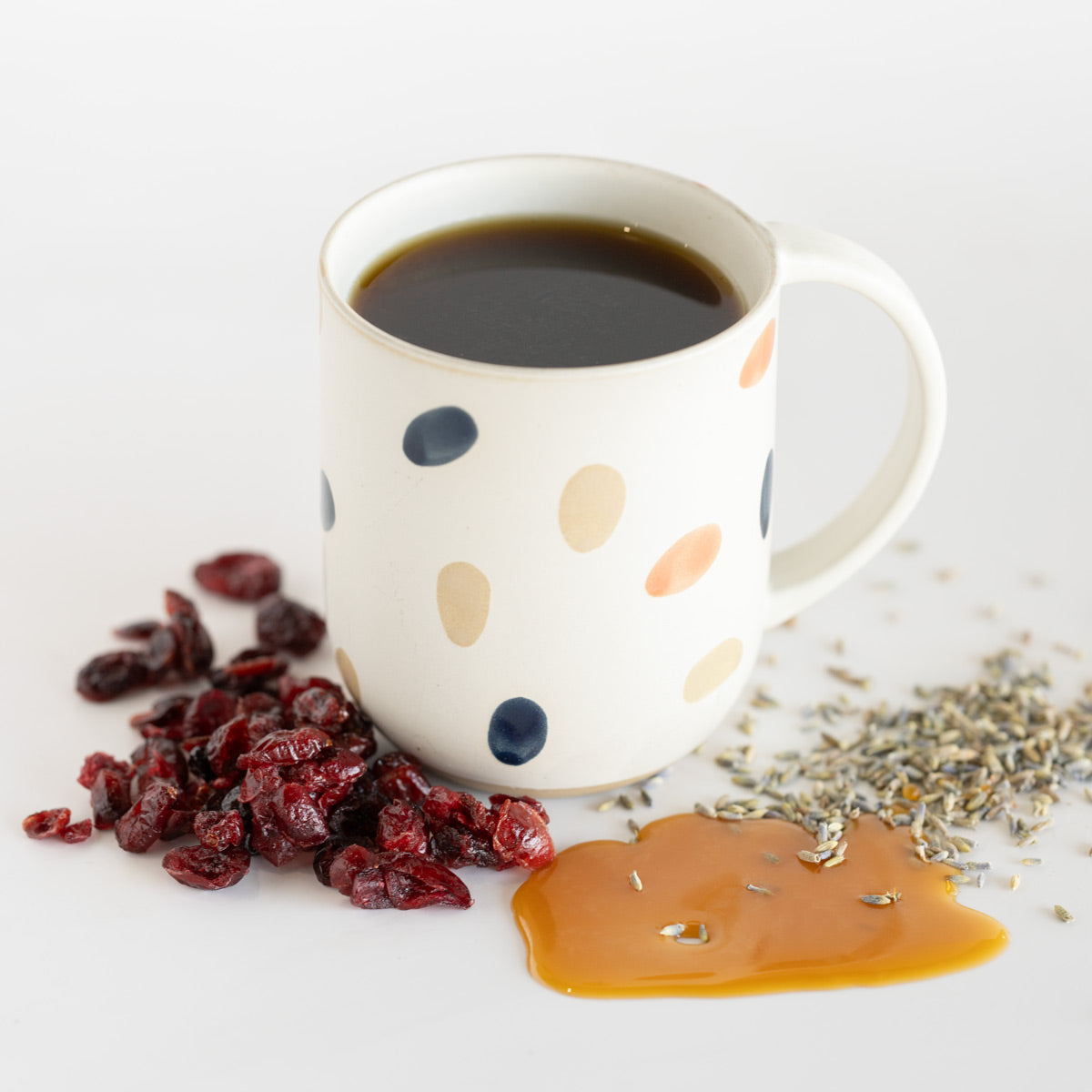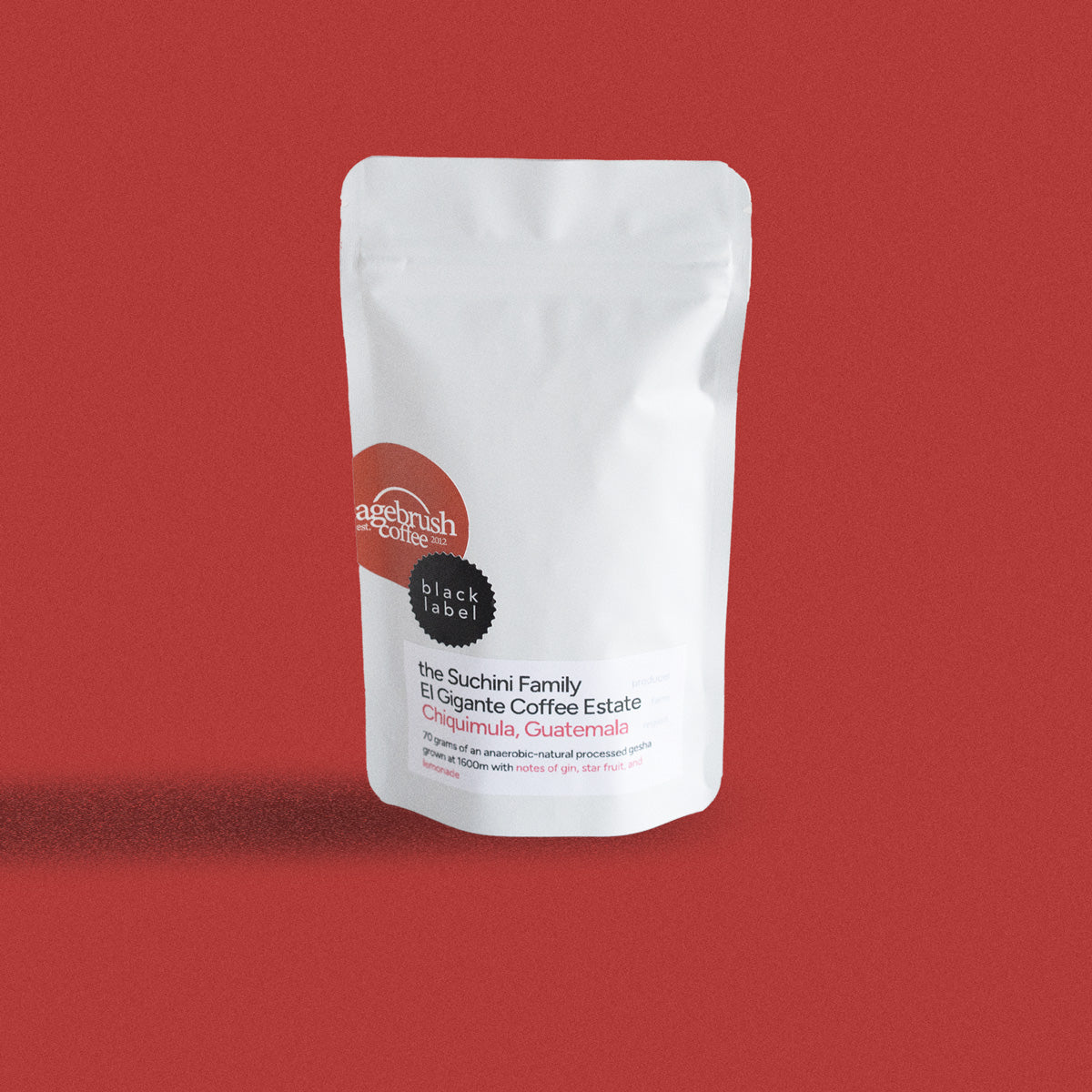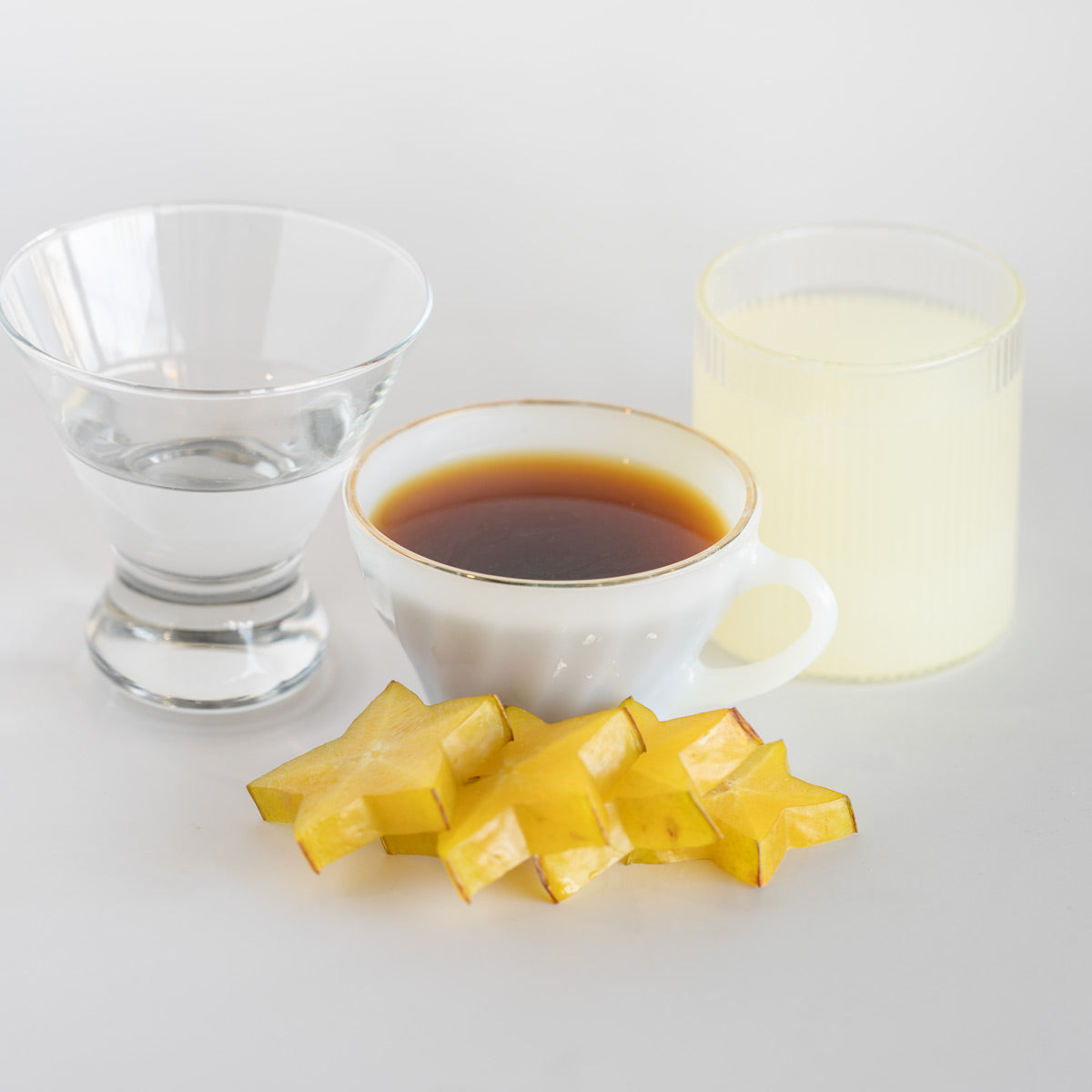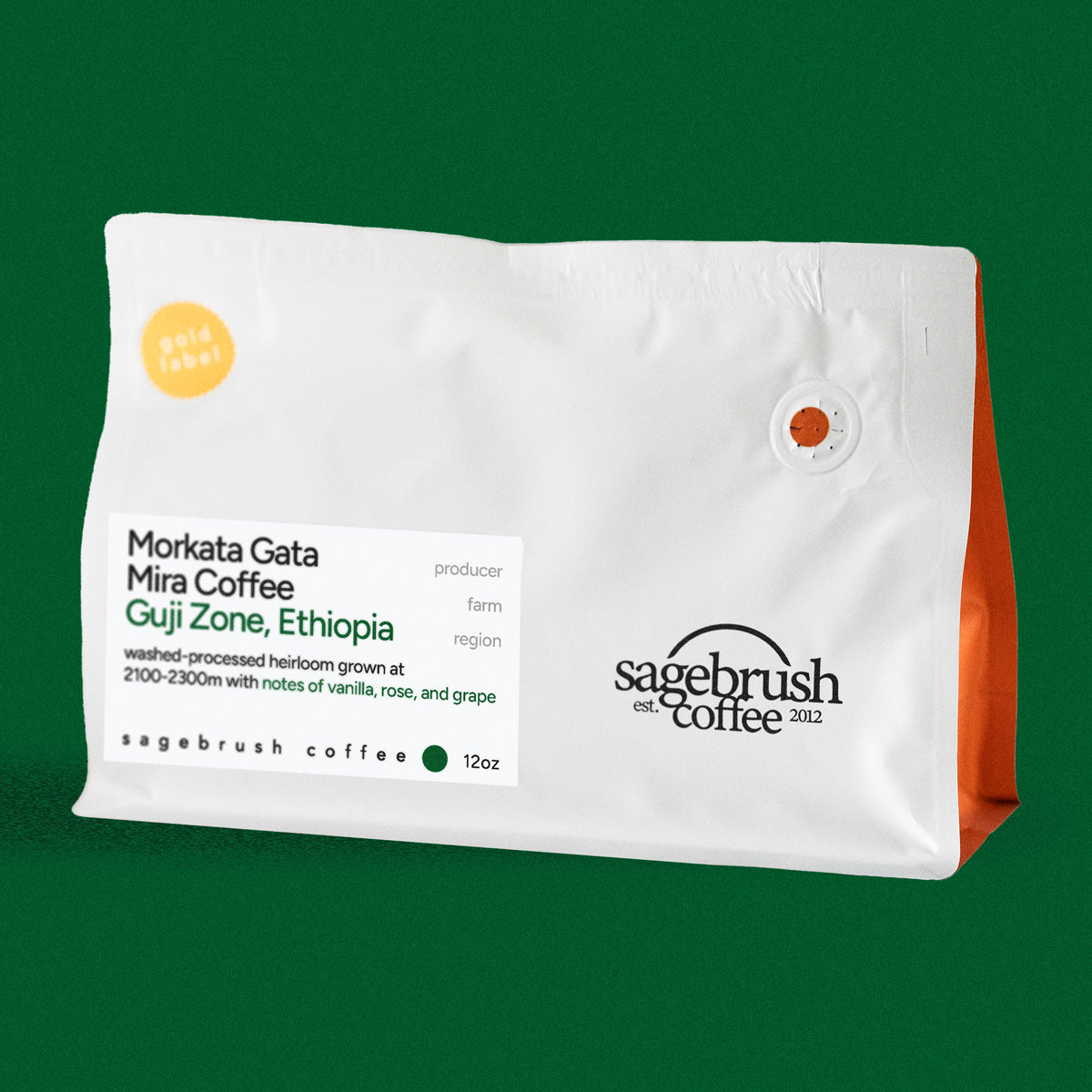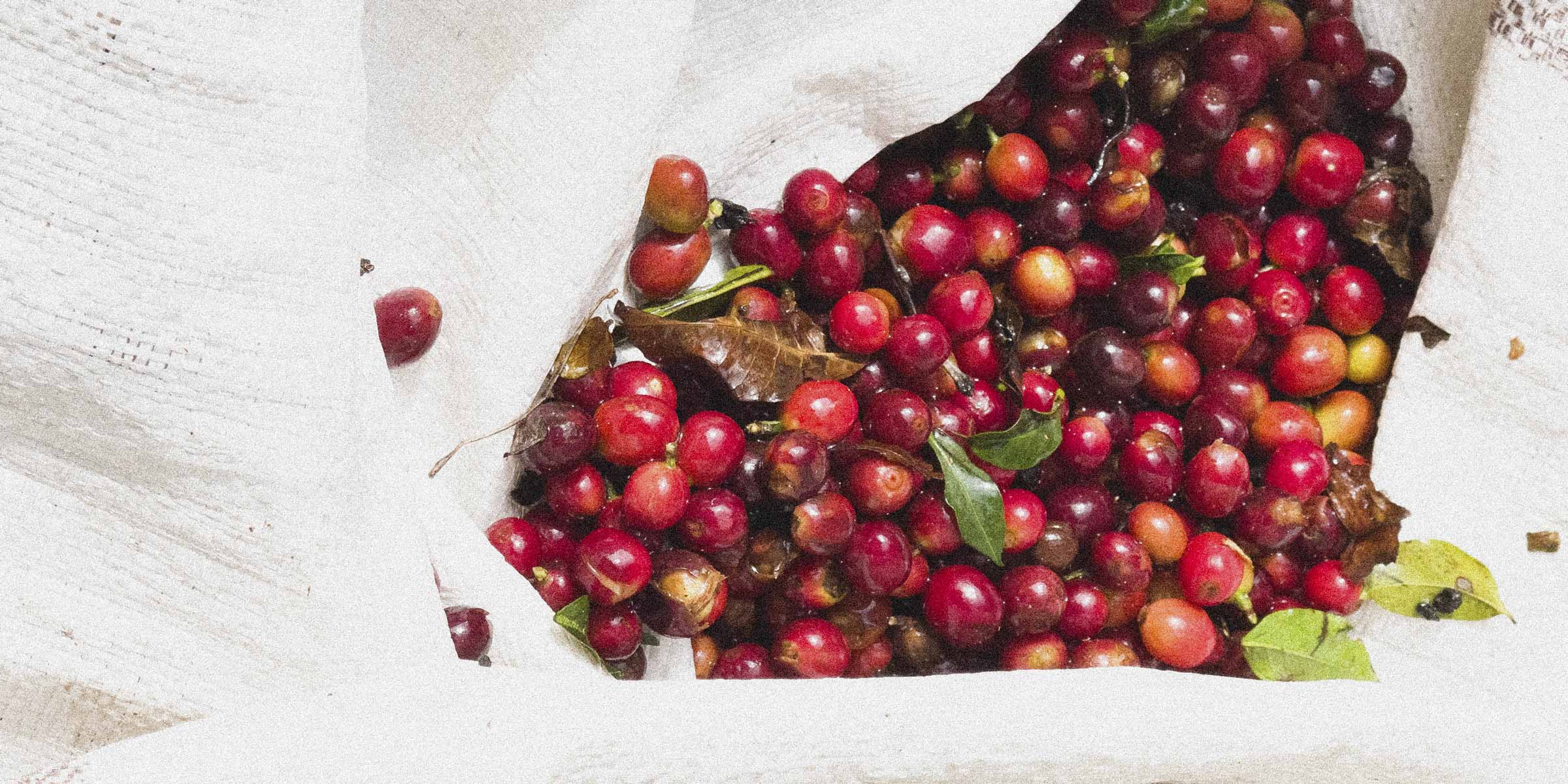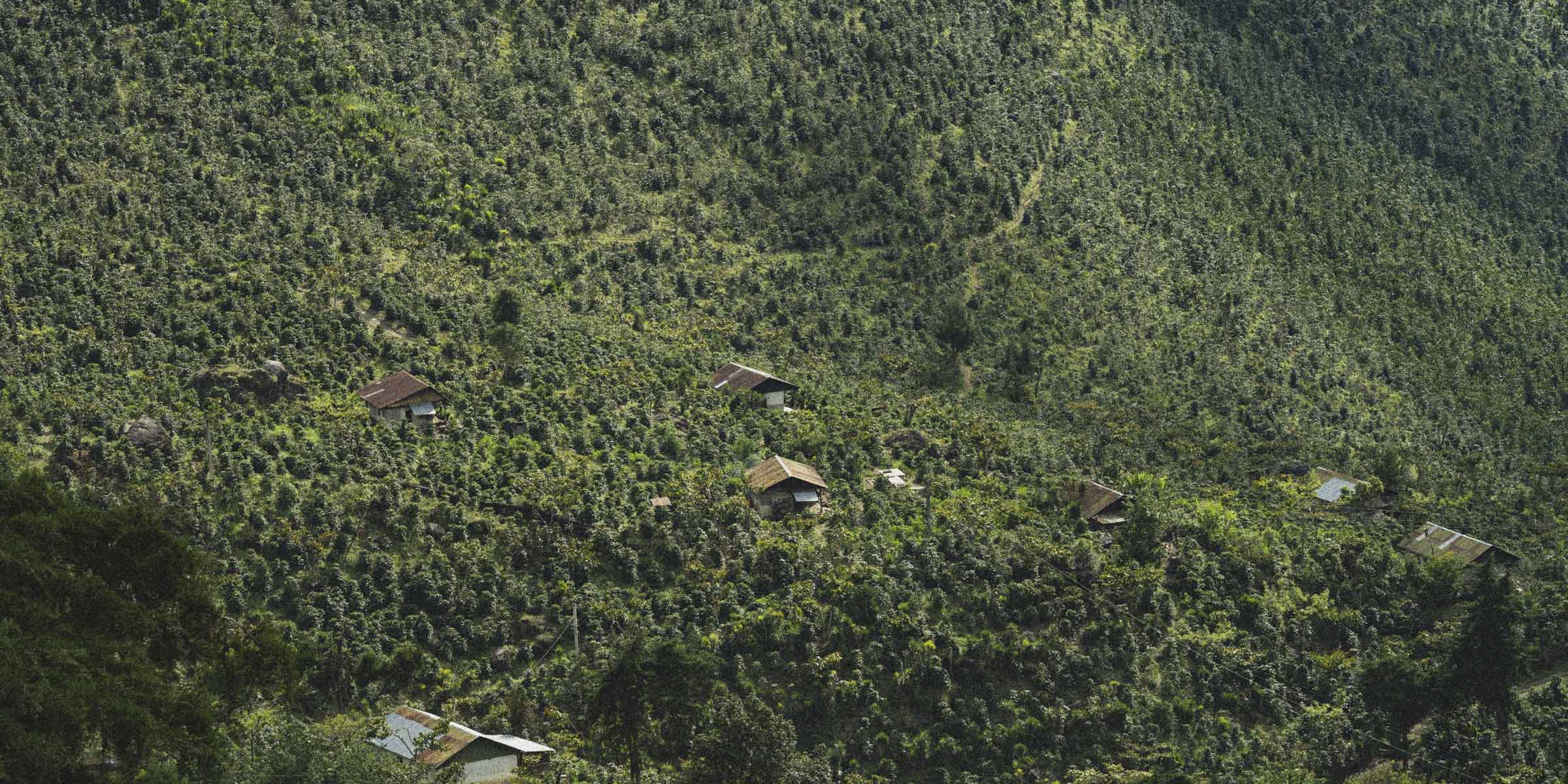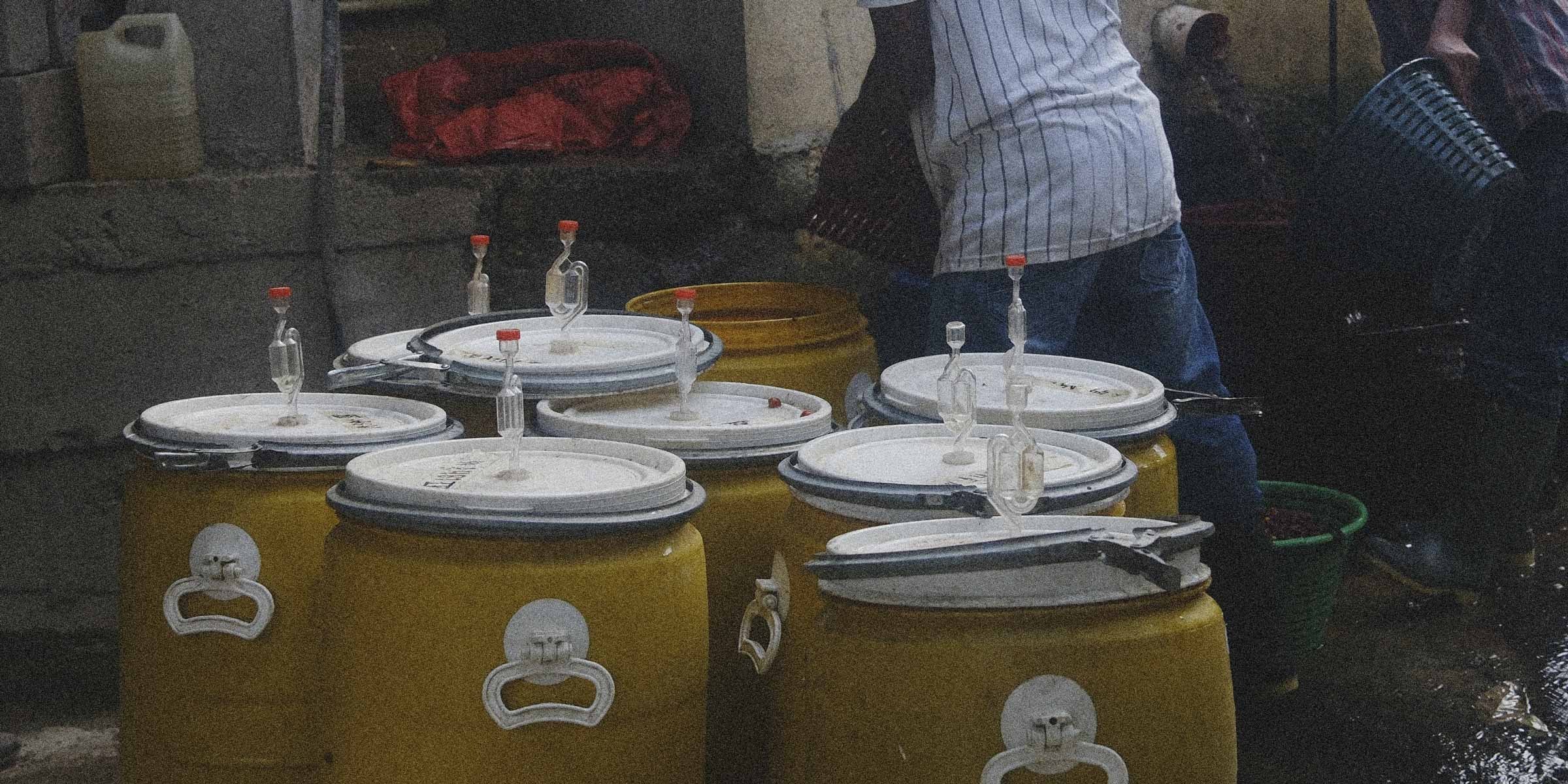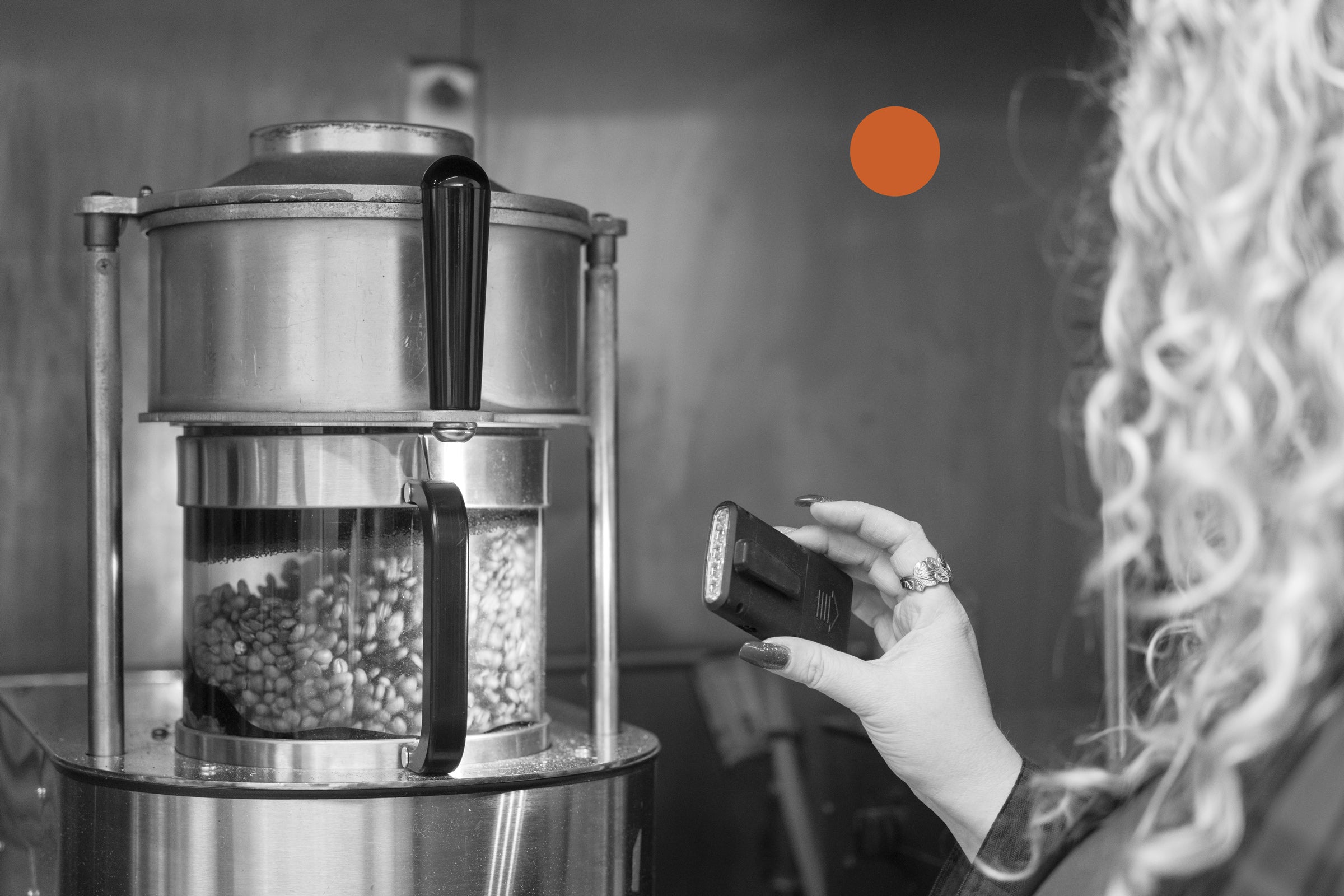
Many people believe that the only way to enjoy a cold cup of coffee is adding ice to brewed coffee or purchasing a blended beverage from a coffee chain. Although those are both legitimate options, there is another method that has been thriving in the coffee world and may be my personal favorite. This chilled treat is called Cold Brew.
Cold Brew has been a considerable buzzword lately and can be found brewed at most coffee shops. But did you know that the first techniques of cold brew were produced as early as the 1600s? In Kyoto, Japan, the Japanese experimented with adding cold water to their coffee grounds. There is some speculation that they may have learned this technique from Dutch traders, who brewed coffee that could be stored for long periods on their ships. Cold Brew or Kyoto-style coffee as it is often called in Japan, was made by submerging the coffee grounds in cold water for an extended period. Over time, the technique evolved into an artistic method where single beads of water were dropped into the grounds. The amount of time it took to brew was the same as the previous method but was thought to be more enjoyable to observe.
During the gruesome hot summers here in Arizona, I find myself ignoring the coffee pot and making myself a refreshing cup of cold brew coffee. Unlike regular iced coffee which is brewed hot coffee poured over ice, cold brew is never exposed to heat. Instead, the coarse grounds are steeped in room temperature water for 12+ hours to extract the flavor compounds. In addition to its perfectly chilled temperature, cold brew coffee often tastes less bitter and acidic, which is ideal for sensitive stomachs. The flavor notes extracted during the brewing process often have chocolate undertones. For this reason, I like to choose coffees that have chocolatey, nutty, and creamy mouthfeels. The coffee beans that are fruit-focused tend to be less bold and flavorful. Click here to see my favorite collection of cold brew coffee beans.
There are various ways to make cold brew coffee. Typically any brewing system that does not rely on heat can be used to make cold brew. My favorite and perhaps the most common method is the OXO Cold Brewer. It was developed in 1964 by Todd Simpson, a chemical engineer from Cornell. He discovered that high temperatures released certain oils and fatty acids. These oils and acids are what give coffee an acidic flavor. Todd found that using water at or below room temperature extracts full-bodied flavor notes and leaves the bitter oils and acids behind. I wrote a separate blog post about the Toddy system. If interested, you can read more, here. My second favorite way to make cold brew is a French Press. You make it the same way you would typically make coffee in a French Press except you add cold water and have it steep in a cool, dark place for 12-15 hours before expelling. This approach is great for making smaller batches of cold brew at a time.
Thanks to the discoveries made in Kyoto, Japan and the experimentation by Todd Simpson, cold brew has evolved into one of the most significant trends in coffee. You can easily brew it at home or find it on tap at coffee shops, as well as purchase it bottled in your local grocery store. Cold brew is the perfect Summer refreshment, and the flavors you will discover with each sip is worth all the buzz.
